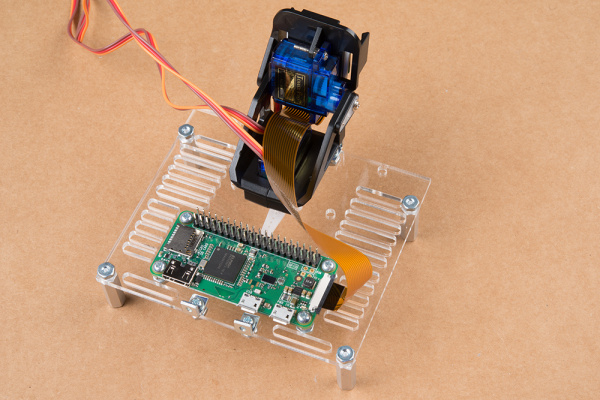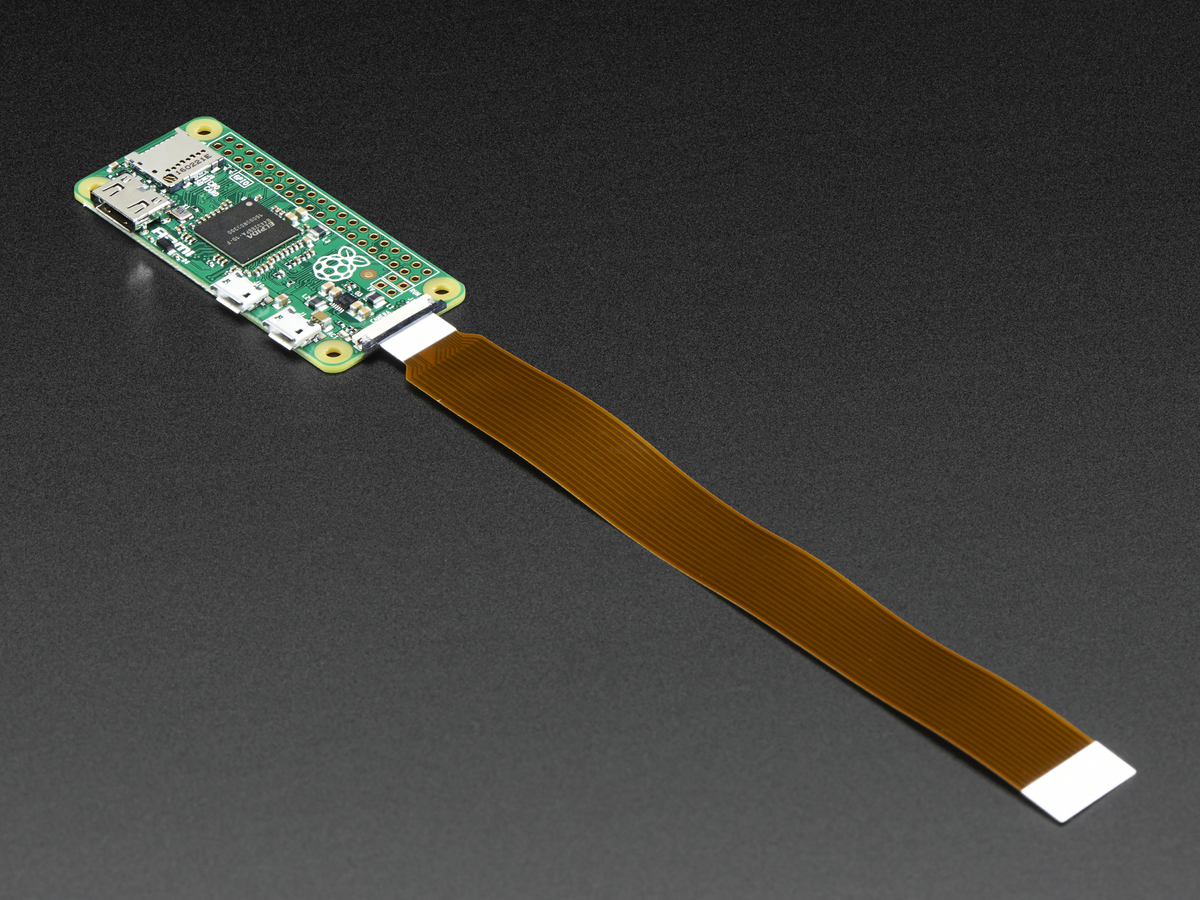


Under the "Tools" menu, there is a sub-menu for "Port". To figure out which port to connect to, I recommend using the Arduino IDE. Failure to use the proper baud rate setting will result in weird characters and your connection failing to work. When you make your connection to the Raspberry Pi, you'll need to connect the serial terminal to the COM port that it enumerated on and connect at a baudrate of 115200.

This will get you up and running with a serial terminal. Start by checking out our serial terminal basics tutorial. You could use the PIXEL desktop GUI if you access to a monitor and mini-HDMI adapter to enable the camera, I2C, and SSH through Preferences > Raspberry Pi Configuration from the desktop menu. Tip: This setup uses a headless setup to configure the Raspberry Pi Zero. This will allow you to connect the Pi through a serial port connection. Insert the other end to a computer's standard USB port. With the Pi Servo Hat stacked on the Pi Zero W, take a micro-B USB cable and connect it to the Pi Servo Hat's micro-B connector. Then connecting the micro-b from the power supply to the Pi Zero W's micro-b connector labeled as "PWR IN." Connect the Pi Servo Hat's Serial-to-USB Converter Plug the wall adapter into a wall outlet for power. Using a sufficient 5V wall adapter, we can power the Pi Zero W. Let's walk through these steps in more detail! Power the Pi Zero W


 0 kommentar(er)
0 kommentar(er)
